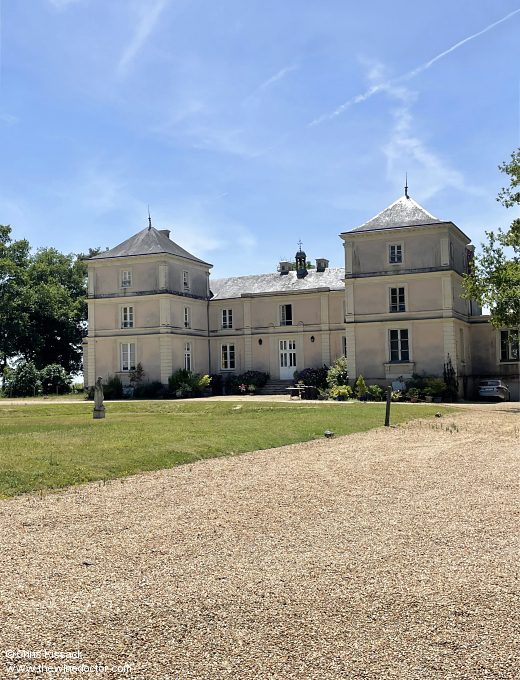Château de Fesles
Unlike the ancient châteaux of Graves and Sauternes in Bordeaux, a number of which can claim Medieval origins, in some cases evinced by the presence of castellated towers and turrets, there are few estates in the Loire Valley that can boast a similarly ancient heritage. Looking at Anjou in particular, although a source of superb wines – including some iconic styles from appellations such as Quarts de Chaume and Savennières – the region’s history tends to be one of pastoral servitude rather than the acquired or inherited wealth we might more readily associate with Bordeaux.
Here in Anjou viticulture tended to focus more around fermage, or crop-sharing, in which a mere handful of wealthy landlords rented out their land to the local peasants in return for a share of the harvest. Baron Brincard at Château de la Bizolière, at one time the proprietor of vast tracts of the Savennières appellation, is one example from recent times. Historically, a number of ecclesiastical institutions also generated income in this manner. The traditional payment was a quarter of the harvest, a fact reflected in some familiar Anjou names, including appellation Quarts de Chaume, some cuvées, such as the Quarts de Juchepie cuvée from Eddy Oosterlinck, and a number of other lieux-dits.
For this reason there are few grand estates with long and noble histories here. There are some though, and on the whole they can be found in Savennières, with just one or two dotted along the course of the Layon, a fact that has led some to refer – at least half-jokingly, I think – to this latter stretch of land as the ‘Loire Valley’s Médoc’. One such property that fits the bill is Château de Fesles.

